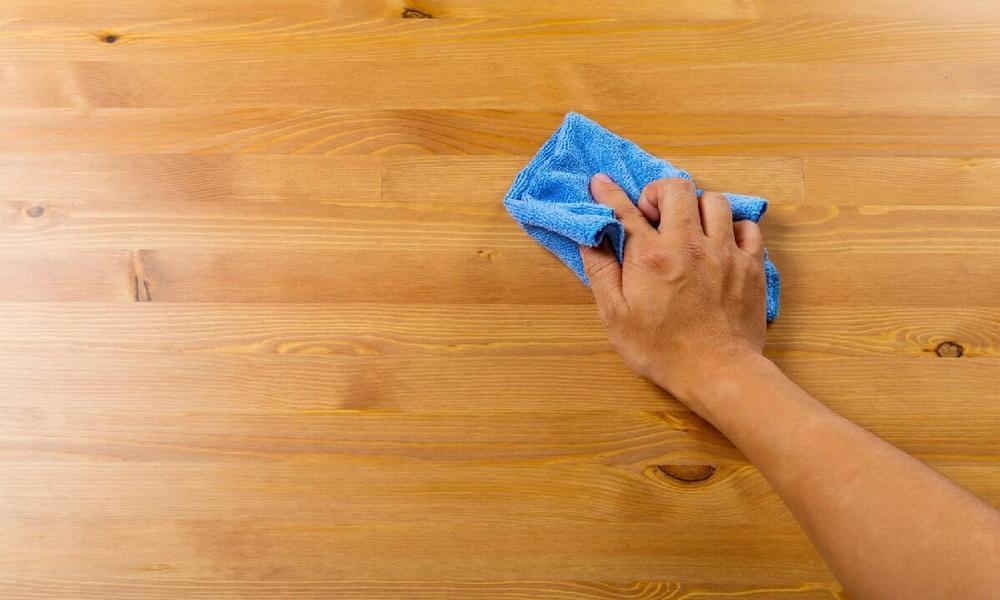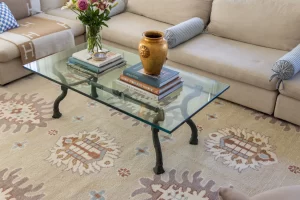Exploring the Benefits and Techniques of Furniture Polishing

Furniture keeps an important place in our lives, and helps to serve both functional and aesthetic purposes. After some time, even the most stunning and reliable pieces of furniture can lose their luster, scratches, or fading finishes but the good thing is that furniture polishing provides a remarkable solution that helps to build a new look to your existing furniture and breathe new life into these beloved possessions. Here I’m exploring some benefits, techniques, and essential tips to help you revitalize your cherished furniture pieces.
● Understanding Furniture Polishing
Furniture polishing is a process that involves enhancing the appearance of wooden furniture and restoring them. They aim to provide a protective layer to prolong the furniture’s lifespan and remove imperfections. Polishing can bring back the original glow, and shine, highlight the wood’s natural beauty, and create a visually appealing look that best for any interior decor.
● Materials and Tools for Polishing
Before going into the actual polishing process, it is important to collect the necessary knowledge, materials, and tools. These may include sandpaper of varying grits, wood stain, furniture polish or wax, soft lint-free cloths, and protective gloves. Selecting high-quality products and using the right tools will provide optimal results and prevent any damage to the furniture’s surface.
● Preparing the Furniture
For achieving flawless furniture polish, proper preparation is a significant key. Start by removing any surface dirt and dust by using a soft cloth or brush. And for stubborn stains, a mild detergent diluted in warm water can be used. Once your furniture is clean and dry, inspect it for any marks, dents, scratches, or imperfections that may need specific attention during the polishing process.
● Repairing and Restoring
To remove any minor scratches and dents, start your procedure by sanding the damaged area gently using fine-grit sandpaper. To prevent any damage, follow the wood’s grain and ensure a seamless finish. And for deeper dents, scratches, or gouges, you should consider using wood fillers or putty matched to the furniture’s color. Once the repairs are done, sand the patched area smoothly to mix it with the rest of the surface.
● Applying the Polish
There are several choices available when you decide to apply polishing which includes furniture polish sprays, liquid polishes, or traditional paste waxes. No matter which product you select, apply it in a small, inconspicuous area first to test its compatibility with the furniture. Using a soft cloth, work the polish into the wood in smooth, circular motions, and allow the polish to dry according to the manufacturer’s instructions.
● Buffing and Finishing Touches
When the polish has dried, buff the furniture with the use of a clean, lint-free cloth to get a glossy sheen. Apply gently and continue buffing until the desired shine is obtained. Consider applying a layer of wax, which acts as a barrier against stains, moisture, and further damage for additional protection. When you do regular dusting and cleaning of the furniture, it will help you to maintain its polished appearance.
Conclusion
Furniture polishing is an art form that can change worn-out pieces into stunning center points in any room. You can restore the natural beauty of your furniture while extending its lifespan when you hire a professional for this process. Always remember to select the appropriate materials, prepare the furniture sufficiently, and follow the correct application methods. With patience and dedication to can achieve the elegance and charm of your cherished possessions for years to come.









